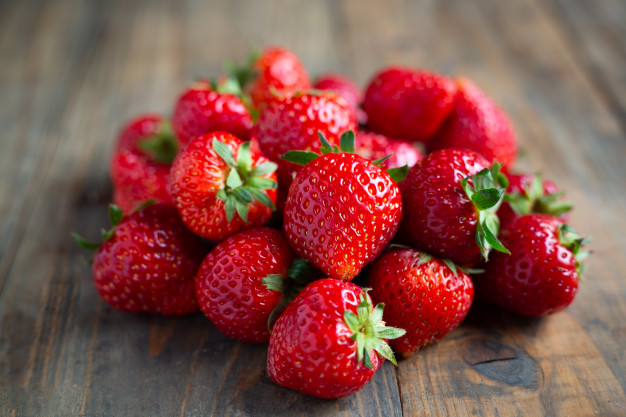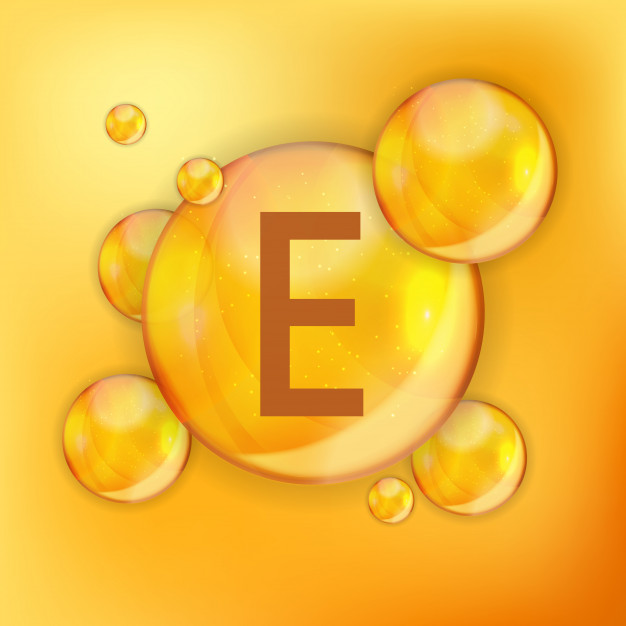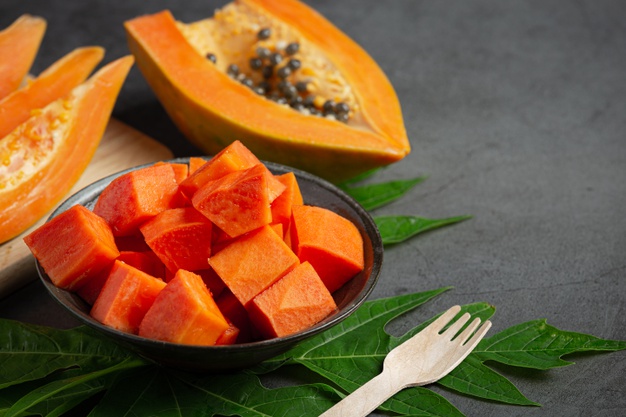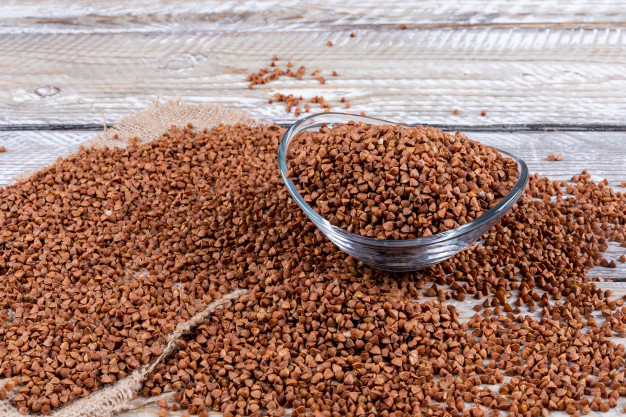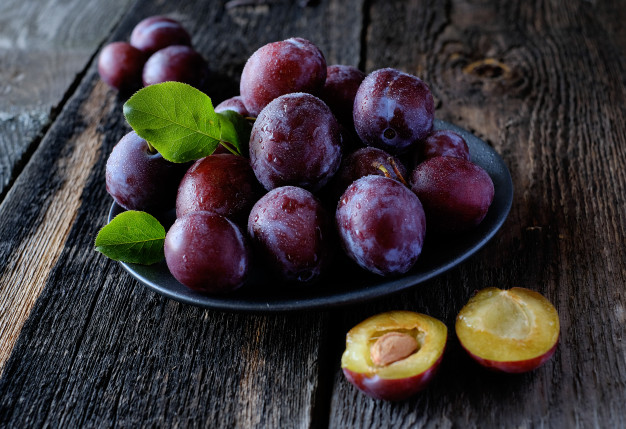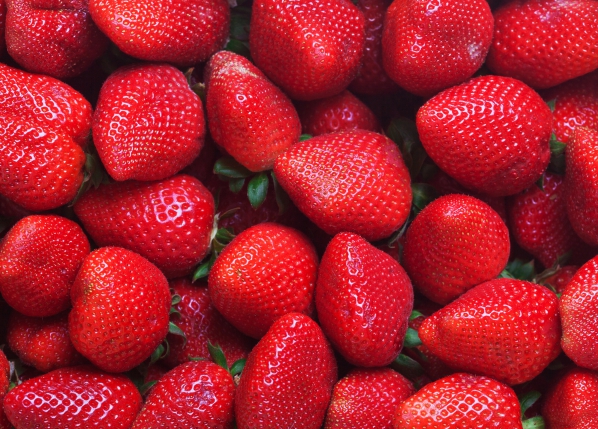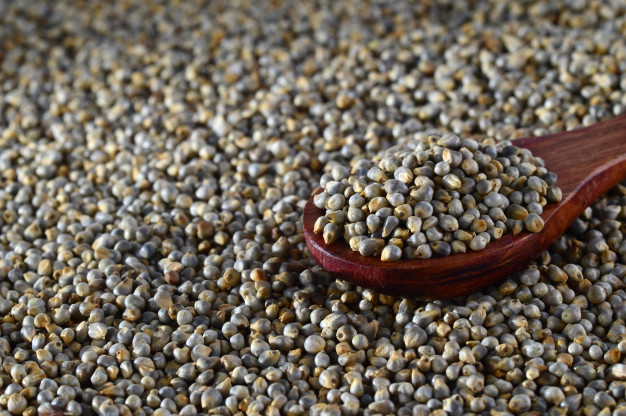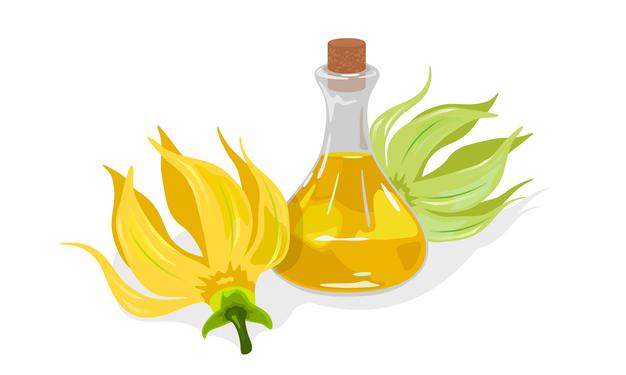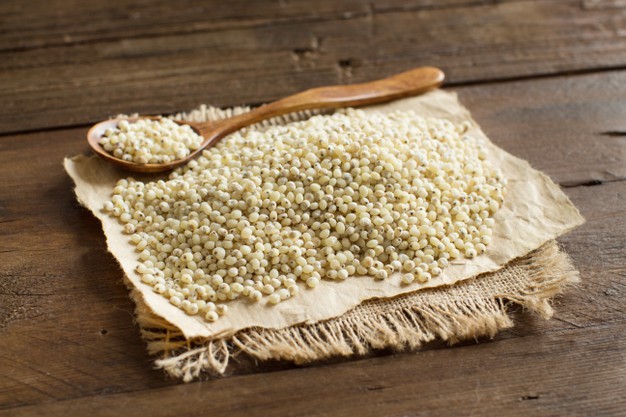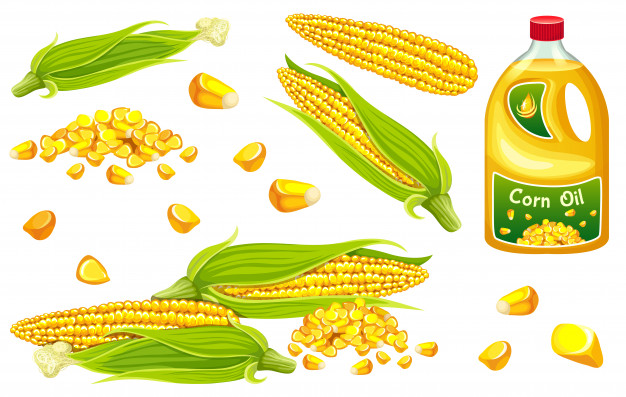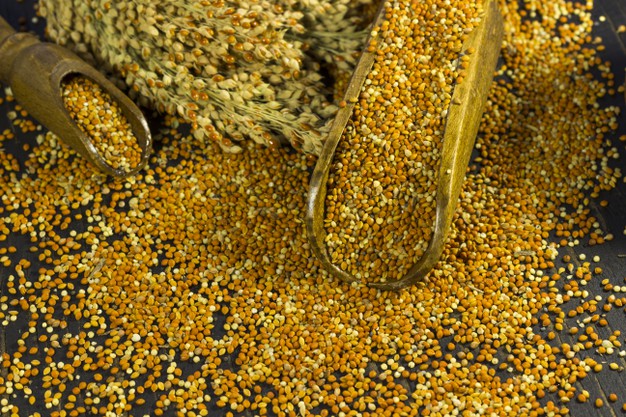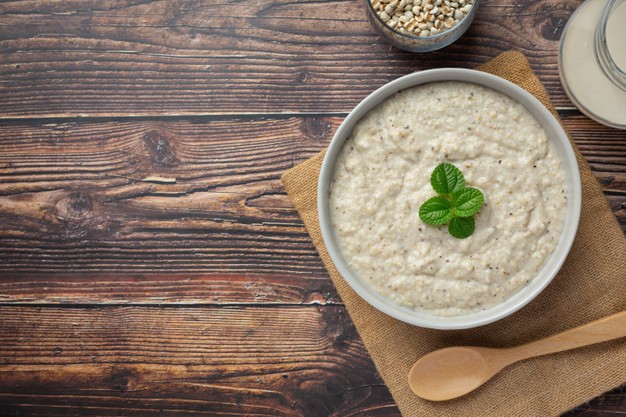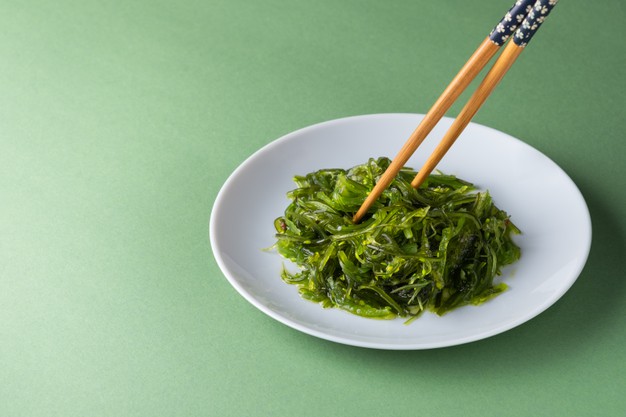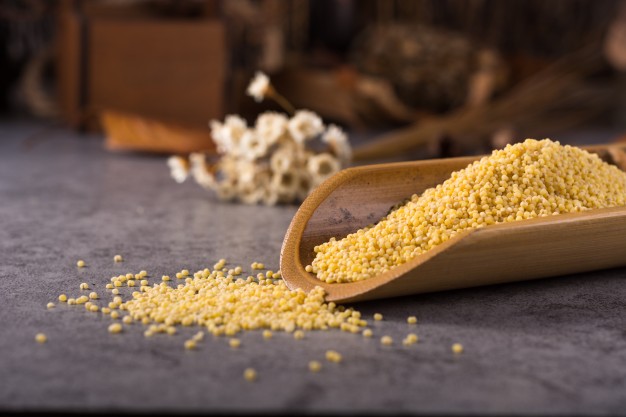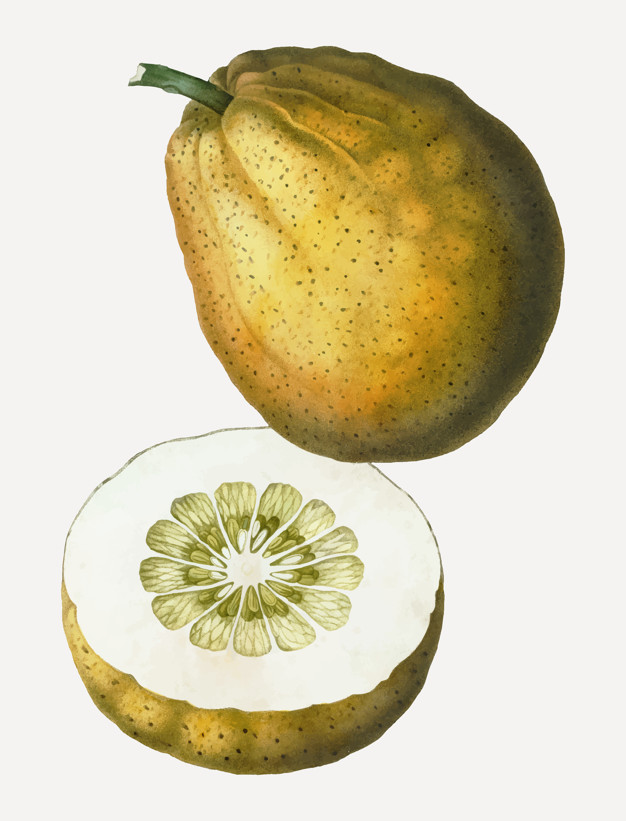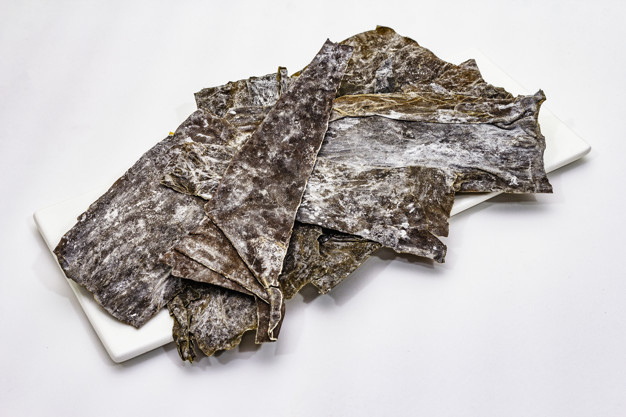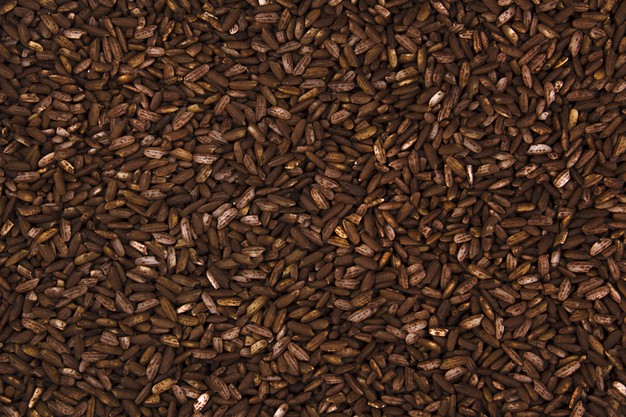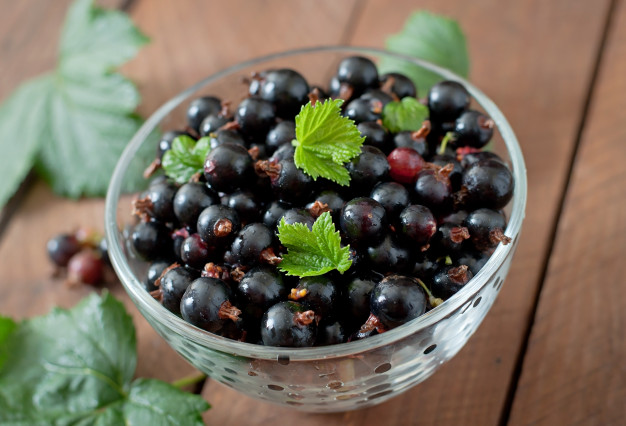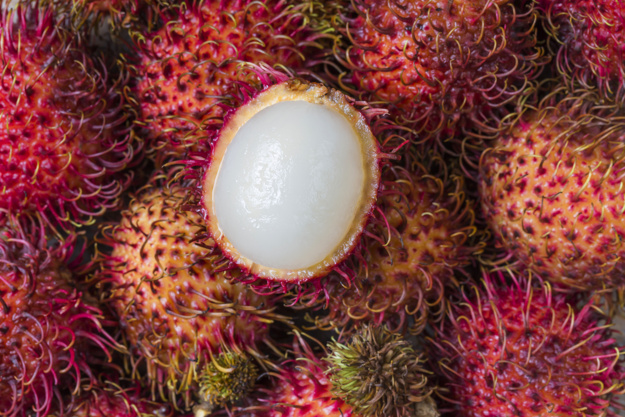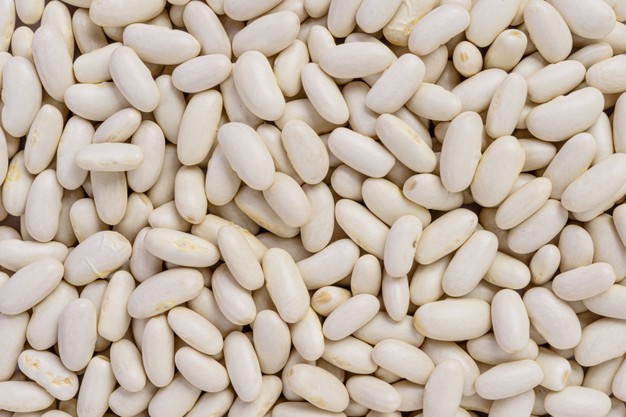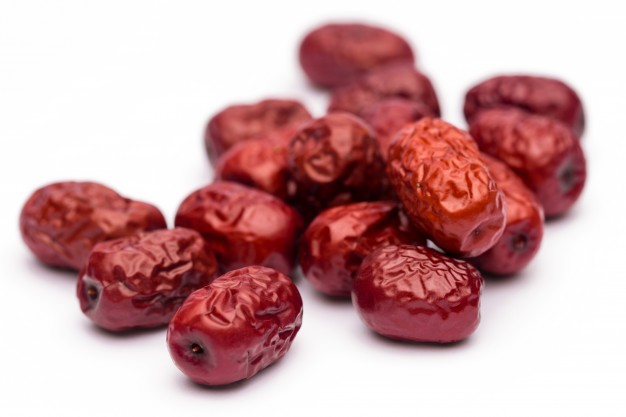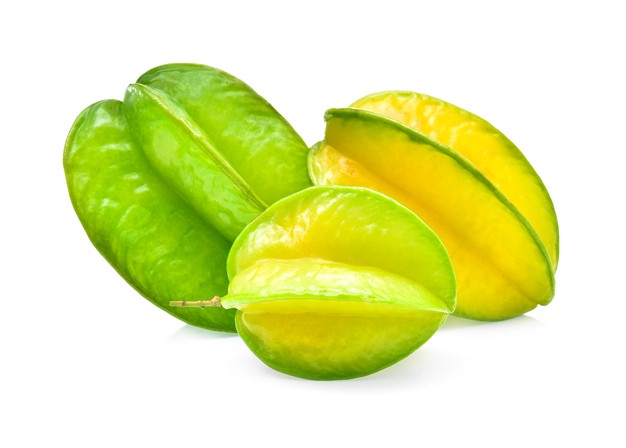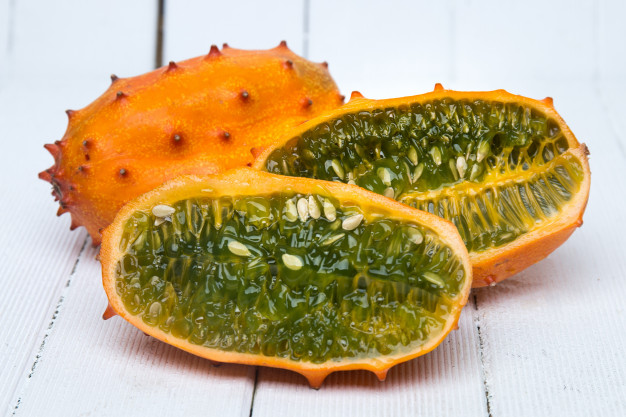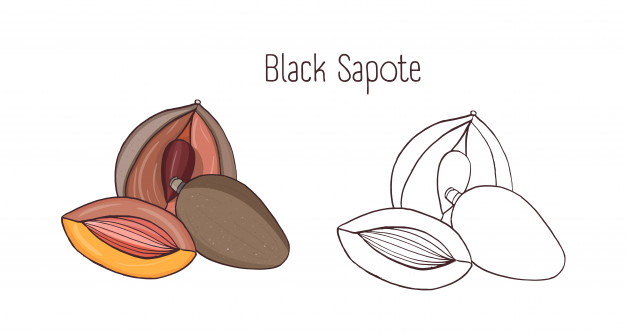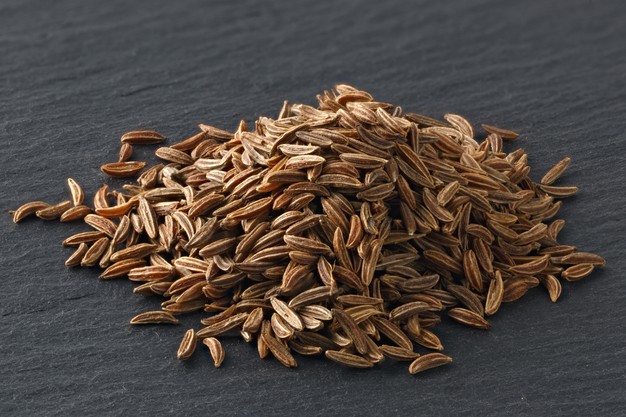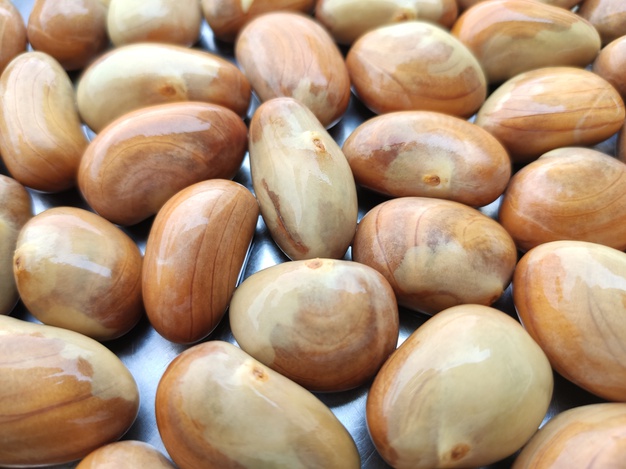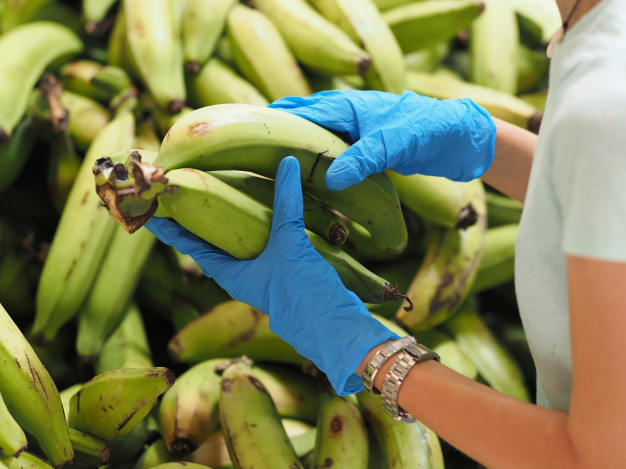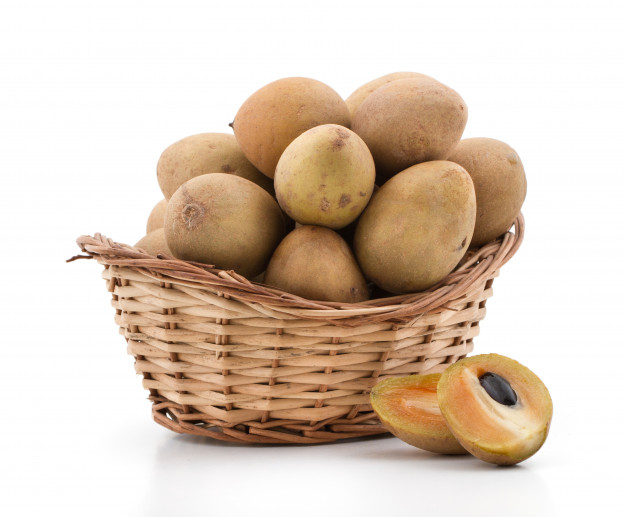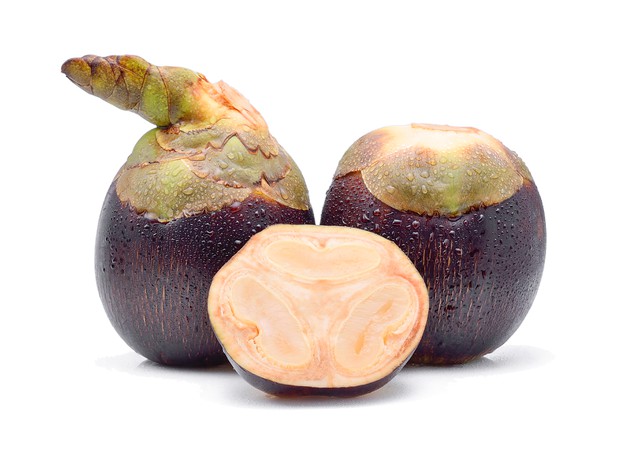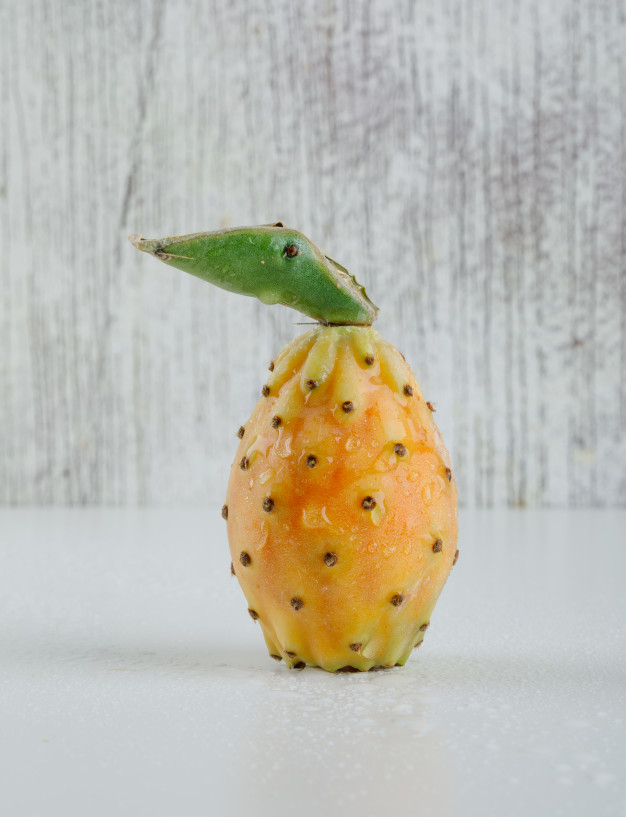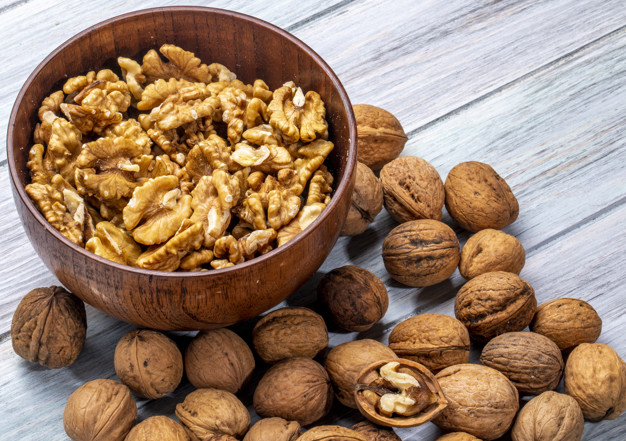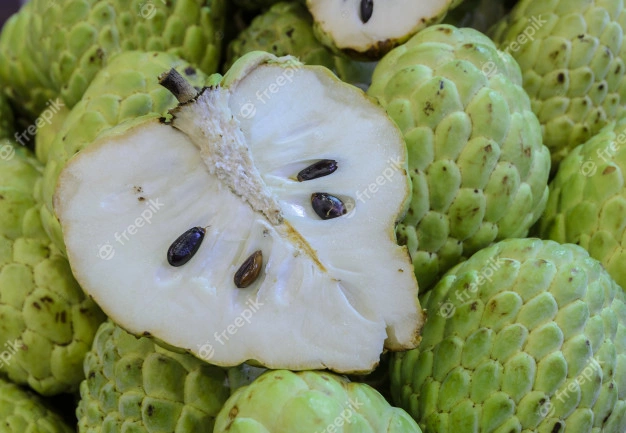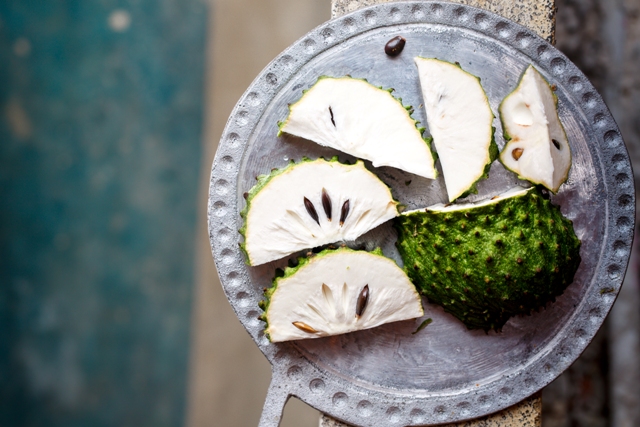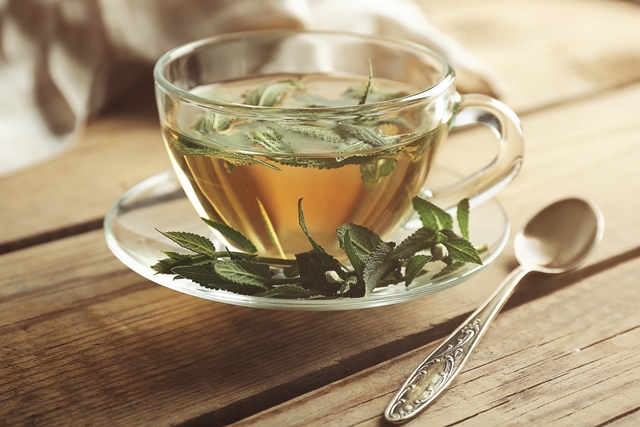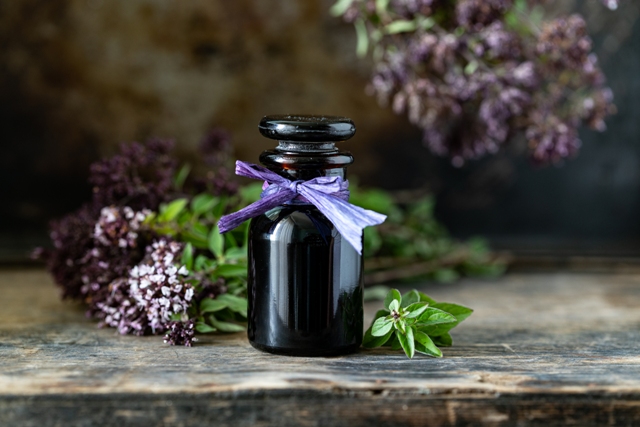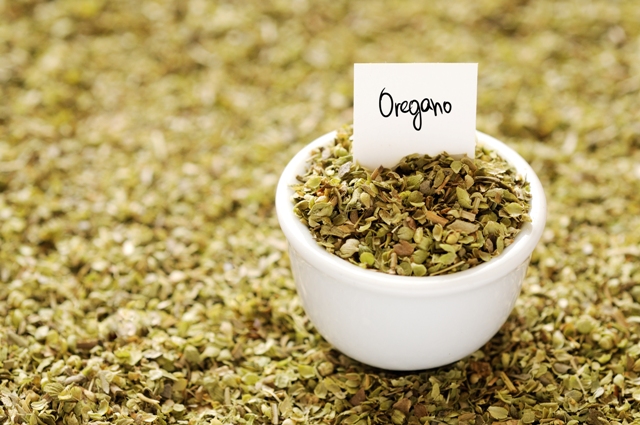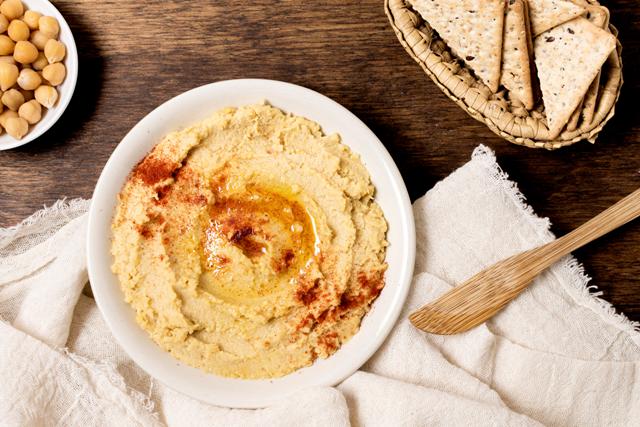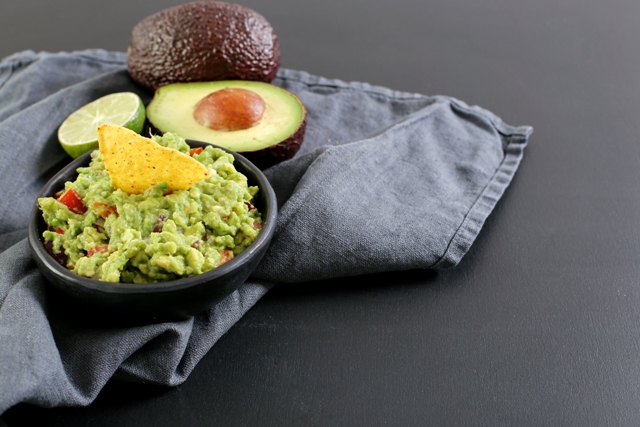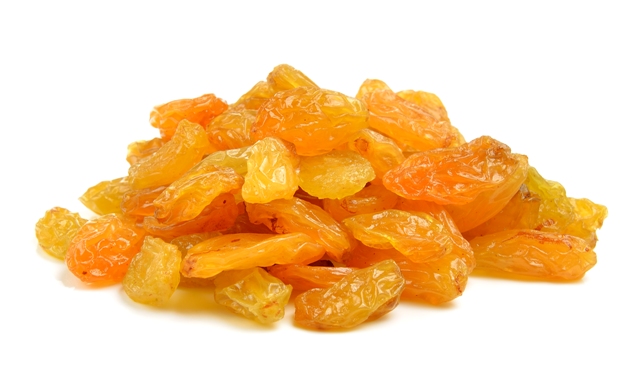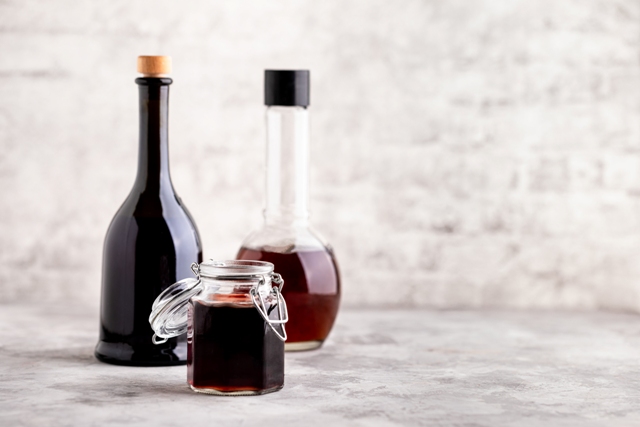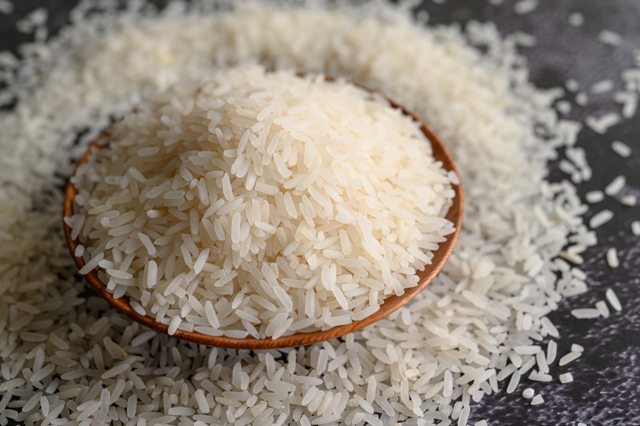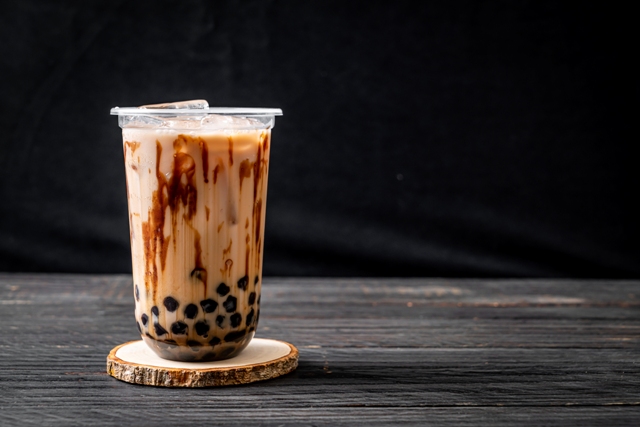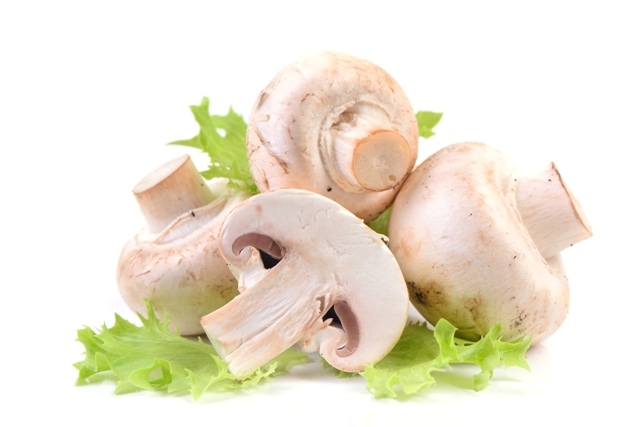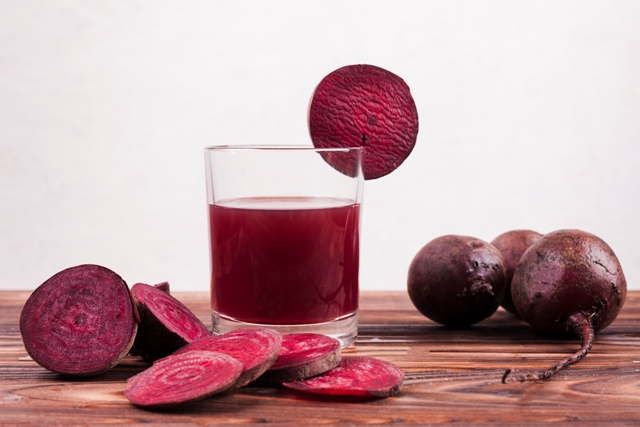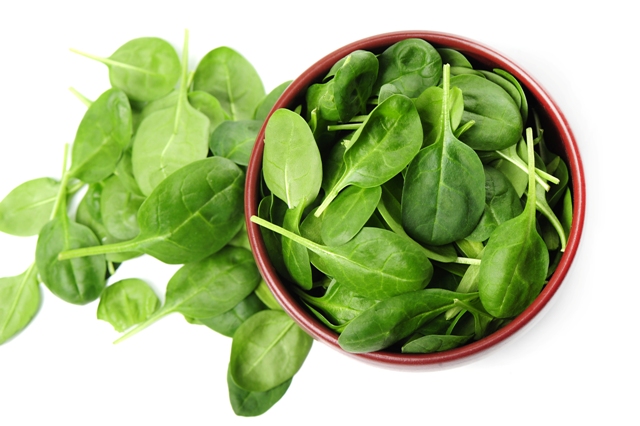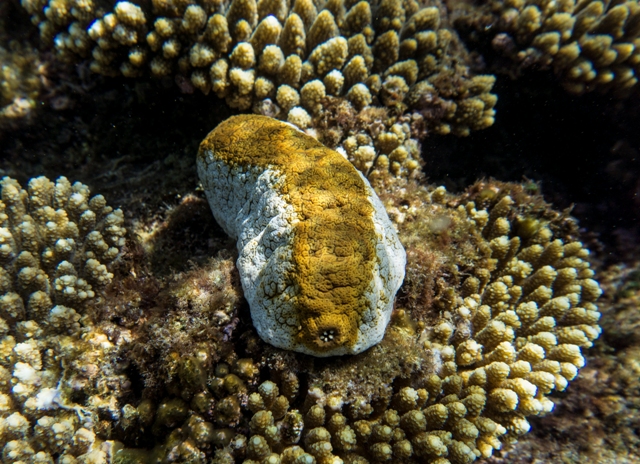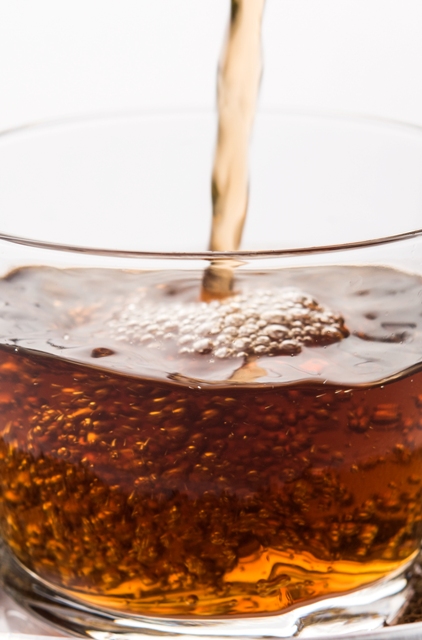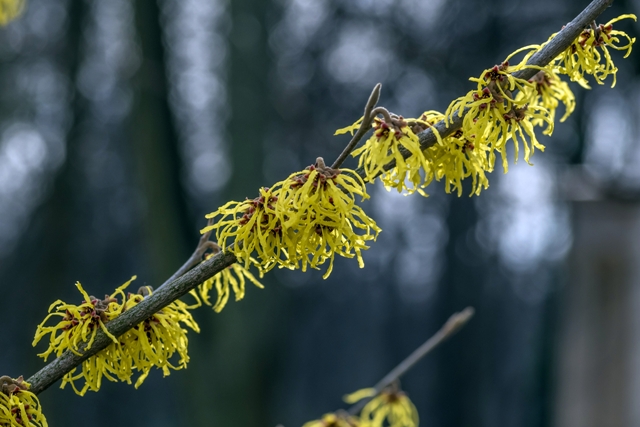Strawberry, micronutrient contents, phytonutrient contents, antioxidant activity, anti-inflammatory activity, antomicrobial activity and nutraceutical activity
Description : Strawberry is one of the most nutritious and delicious berries especially rich in antioxidant,
Article Details :
Strawberry is one of the most nutritious and delicious berries especially rich in antioxidant, micronutrients as well as phytonutrients and offers numerous health benefits.
General information regarding strawberry
- It is very popular and tasty berry, originated in Europe
- Strawberry is a hybrid species of Fragaria genus in rose family
- It is red in colour
- It is sweet in taste
- It has juicy texture and a characteristic aroma
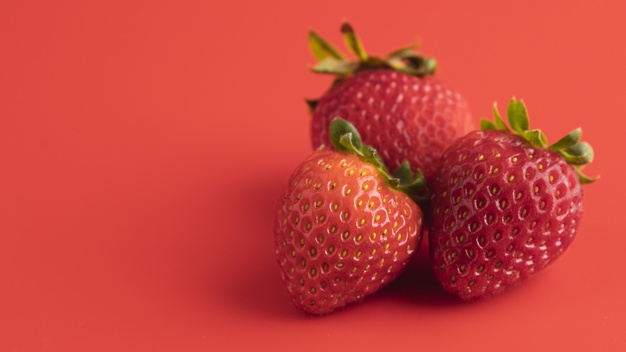
Nutritional profile
- It contains very less amount of carbohydrate. Basically it contains simple sugar like glucose, sucrose and fructose. It has low glycemic index thus its consumption is not associated with increasing blood sugar spike
- It is rich in fibre and contains both soluble as well as insoluble fibre
- It contains trace amount of protein as well
- It contains negligible amount of fat too. It contains trace amount of PUFA only and does not contain MUFA, saturated fat and cholesterol
- It contains several vitamins like Vitamin A, Vitamin C, Vitamin E, Vitamin K, Vitamin B1, B2, B3, B5, B6, B9 and choline
- It is packed with numerous important minerals, which include calcium, phosphorus, sodium, potassium, copper, iron, zinc, selenium, magnesium and manganese
Biologically active compounds present in strawberry
It contains various biologically active components, which exert potential nutraceutical effects, such as –
- Ellagic acid – it is a polyphenol, present in strawberry in high amount and exerts antioxidant activity
- Procyanidin – it also exerts antioxidant activity
- Anthocyanin – it is a pigment present in strawberry responsible for imparting bright colour to the fruit. More than 25 types of anthocyanin have been found in strawberry and they show strong cardio protective effects
- Pelargonidin – it is the main anthocyanin found in strawberry
Biological activity
Antioxidant activity
- It contains various important nutrients that exhibit antioxidant activity and protects the body from developing chronic diseases
- It helps to prevent lipid peroxidation
- It also reduces the concentration of free radicals by scavenging them thus reduces oxidative stress
Anti-inflammatory activity
- Quercetin component of strawberry is recognized as the main component that exerts anti-inflammatory activity
- It helps to reduce the concentration of C reactive protein in body thus decreases inflammation
- It also helps to improve the symptoms of arthritis
Anti-carcinogenic activity
- Ellagic acid is considered as the most important compound found in strawberry that exerts anti-carcinogenic activity
- Its antioxidant activity is also accountable for decreasing the susceptibility of developing carcinoma as it helps to destroy certain type of cancer cells and also inhibits the growth of malignant cells
- It mainly helps to reduce the prevalence of bladder, skin, lung, colon, esophagus and breast cancer
Health benefits
Role on immunity
- Consumption of strawberry is extremely helpful for enhancing overall immunity of the body as it contains significant amount of Vitamin C, which is considered as one of the most important immune boosters
- Its Vitamin C component is responsible for triggering immune boosting antibodies and also increases the level of immunoglobulins in body which are directly linked with increasing body’s resistance power
- It is also associated with promoting the health and functionality of various components that are related with immune system
- Consumption of strawberry is also effective for fighting against asthma and allergies
Role on nervous system
- Its antioxidant activities are considered as one of the most important properties that help to improve the health of nervous system by protecting every neuron from free radical induced oxidative damages hence improves brain’s activity
- Its flavonoid component is also responsible for improving memory and helps to prevent memory decline
- It helps to promote autophagy, which is accountable for decreasing the risk of developing Alzheimer’s disease and Parkinson’s disease
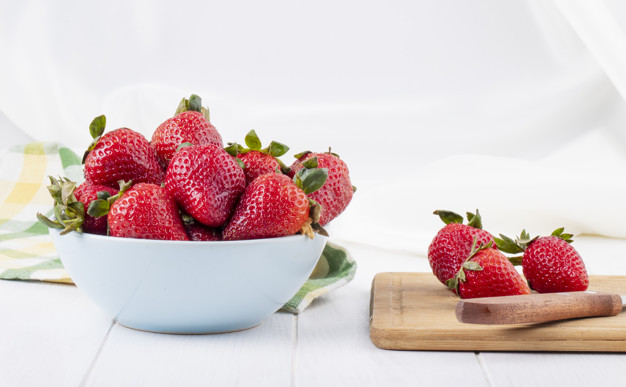
Role on vision
- Its antioxidant activity is responsible for protecting the eye from oxidative damages hence helps to decrease the risk of developing eye disorders
- It has seen that consumption of strawberry significantly reduces the Read more

